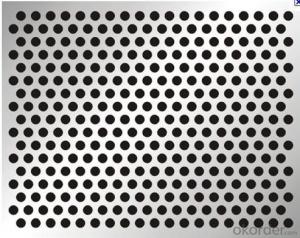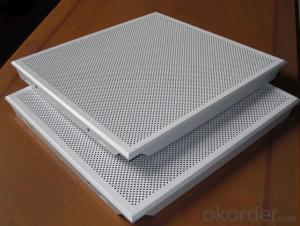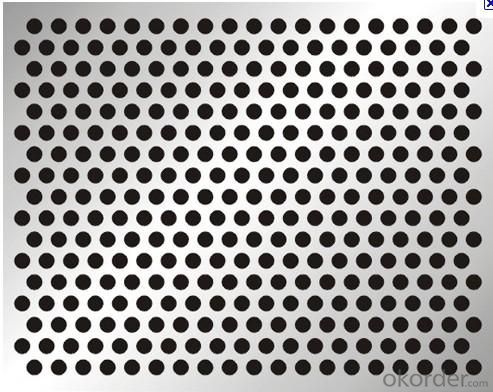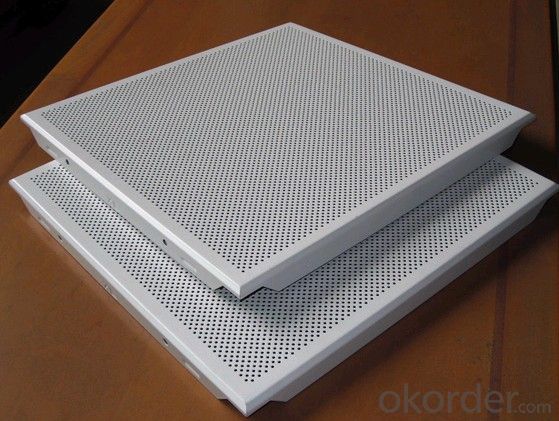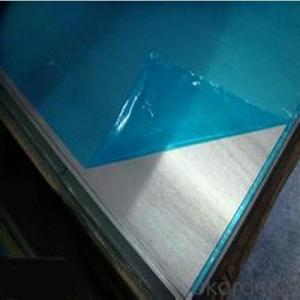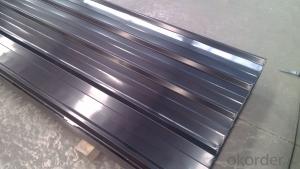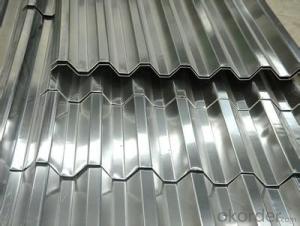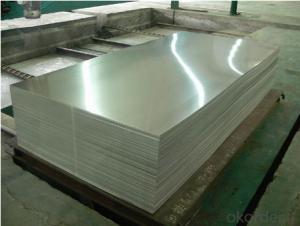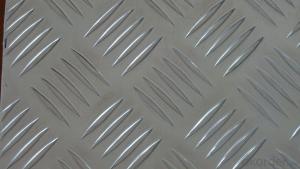Aluminum Sheets for Roofing Application - Syracuse NY
- Loading Port:
- China Main Port
- Payment Terms:
- TT OR LC
- Min Order Qty:
- -
- Supply Capability:
- -
OKorder Service Pledge
OKorder Financial Service
You Might Also Like
Aluminium alloys with a wide range of properties are used in engineering structures. Alloy systems are classified by a number system (ANSI) or by names indicating their main alloying constituents (DIN and ISO).
The strength and durability of aluminium alloys vary widely, not only as a result of the components of the specific alloy, but also as a result of heat treatments and manufacturing processes. A lack of knowledge of these aspects has from time to time led to improperly designed structures and gained aluminium a bad reputation.
One important structural limitation of aluminium alloys is their fatigue strength. Unlike steels, aluminium alloys have no well-defined fatigue limit, meaning that fatigue failure eventually occurs, under even very small cyclic loadings. This implies that engineers must assess these loads and design for a fixed life rather than an infinite life.
Another important property of aluminium alloys is their sensitivity to heat. Workshop procedures involving heating are complicated by the fact that aluminium, unlike steel, melts without first glowing red. Forming operations where a blow torch is used therefore require some expertise, since no visual signs reveal how close the material is to melting. Aluminium alloys, like all structural alloys, also are subject to internal stresses following heating operations such as welding and casting. The problem with aluminium alloys in this regard is their low melting point, which make them more susceptible to distortions from thermally induced stress relief. Controlled stress relief can be done during manufacturing by heat-treating the parts in an oven, followed by gradual cooling—in effect annealing the stresses.
The low melting point of aluminium alloys has not precluded their use in rocketry; even for use in constructing combustion chambers where gases can reach 3500 K. The Agena upper stage engine used a regeneratively cooled aluminium design for some parts of the nozzle, including the thermally critical throat region.
Another alloy of some value is aluminium bronze (Cu-Al alloy).
Aluminium foil acts as a total barrier to light and oxygen (which cause fats to oxidise or become rancid), odours and flavours, moistness, and germs, it is used broadly in food and pharmaceutical packaging. The purpose of aluminium is to make long-life packs (aseptic processing|aseptic packaging) for drinks and dairy goods, which allows storing without refrigeration. Aluminium foil containers and trays are used to bake pies and to pack takeaway meals, ready snacks and long life pet foods.
Aluminium foil is widely sold into the consumer market, often in rolls of 500 mm (20 in) width and several metres in length.It is used for wrapping food in order to preserve it, for example, when storing leftover food in a refrigerator (where it serves the additional purpose of preventing odour exchange), when taking sandwiches on a journey, or when selling some kinds of take-away or fast food. Tex-Mex restaurants in the United States, for example, typically provide take-away burritos wrapped in aluminium foil.
Aluminium foils thicker than 25 μm (1 mil) are impermeable to oxygen and water. Foils thinner than this become slightly permeable due to minute pinholes caused by the production process.
- Q: Is it possible to utilize recycled aluminum scraps as an alternative to purchasing new aluminum sheets for a project?
- <p>Yes, you can use recycled aluminum scraps in your project instead of buying new aluminum sheets. Recycled aluminum is not only environmentally friendly but also cost-effective. It has similar properties to new aluminum, making it suitable for many applications. However, ensure the quality and purity of the recycled aluminum meet your project's requirements. Check for any impurities or inconsistencies that might affect the strength or performance of your final product. If the recycled aluminum is in good condition and appropriate for your needs, it can be a sustainable and economical choice.</p>
- Q: Can 101 aluminum sheets be used in the production of solar reflectors?
- Yes, 101 aluminum sheets can be used in the production of solar reflectors. Aluminum is a widely used material in the solar industry due to its high reflectivity and durability. The number 101 refers to the specific alloy composition of the aluminum, which usually indicates that it is a pure aluminum or a low alloy variant. Pure aluminum has excellent reflective properties, making it ideal for solar reflectors that need to efficiently redirect sunlight onto solar cells or panels. However, it is important to consider other factors such as thickness, surface finish, and any additional coatings or treatments that may be required for optimal performance in solar reflector applications.
- Q: What is the electrical resistivity of aluminum sheets?
- The electrical resistivity of aluminum sheets is approximately 2.65 × 10^-8 ohm·meter.
- Q: Aluminum plate thickness 1 cm, iron plate thickness 0.15 cm, area 1 square meters, thank you
- It's too difficult. Just think about it
- Q: Are aluminum sheets non-magnetic?
- No, aluminum sheets are not magnetic.
- Q: Can the aluminum sheets be used for manufacturing architectural sunshades?
- Yes, aluminum sheets can be used for manufacturing architectural sunshades. Aluminum is a lightweight and durable material that is commonly used in the construction industry for various purposes, including sunshades. It offers excellent resistance to corrosion and can withstand outdoor exposure, making it suitable for architectural applications. Additionally, aluminum sheets can be easily customized and fabricated into different shapes and sizes, allowing for flexibility in design.
- Q: Can aluminum sheets be used for heat lamps?
- Yes, aluminum sheets can be used for heat lamps. Aluminum has excellent thermal conductivity, which allows it to efficiently transfer and distribute heat. It is commonly used in heat lamps as it can withstand high temperatures and effectively radiate heat.
- Q: Are 101 aluminum sheets suitable for lightweight structural applications?
- Yes, 101 aluminum sheets are suitable for lightweight structural applications.
- Q: Can aluminum sheets be powder coated?
- Yes, aluminum sheets can be powder coated. Powder coating is a popular finishing process that involves applying a dry powder to a surface, such as aluminum, and then curing it through heat to create a durable and attractive finish. Aluminum is commonly powder coated due to its lightweight, corrosion-resistant, and versatile nature. The powder coating process provides excellent adhesion to aluminum sheets, resulting in a smooth, even, and long-lasting finish. It also offers a wide range of color options and can be used for various applications, including architectural, automotive, and industrial uses.
- Q: Can aluminum sheets be used for heat exchangers?
- Indeed, heat exchangers can utilize aluminum sheets. Aluminum, known for its remarkable heat conductivity, proves to be a perfect choice when it comes to heat exchangers. Its superior thermal conductivity facilitates exceptional heat transfer between fluids, leading to efficient heat exchange. Moreover, aluminum sheets possess the advantages of being lightweight, resistant to corrosion, and exhibiting commendable mechanical properties. These additional attributes further enhance their suitability for various heat exchanger applications.
Send your message to us
Aluminum Sheets for Roofing Application - Syracuse NY
- Loading Port:
- China Main Port
- Payment Terms:
- TT OR LC
- Min Order Qty:
- -
- Supply Capability:
- -
OKorder Service Pledge
OKorder Financial Service
Similar products
Hot products
Hot Searches
Related keywords
